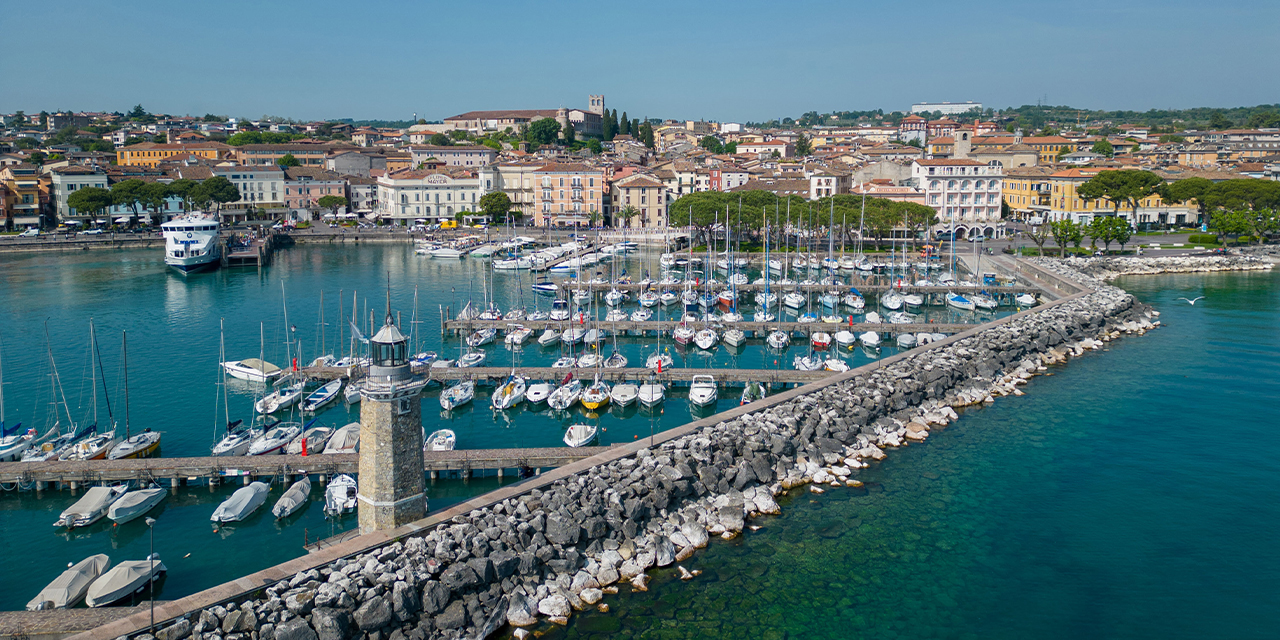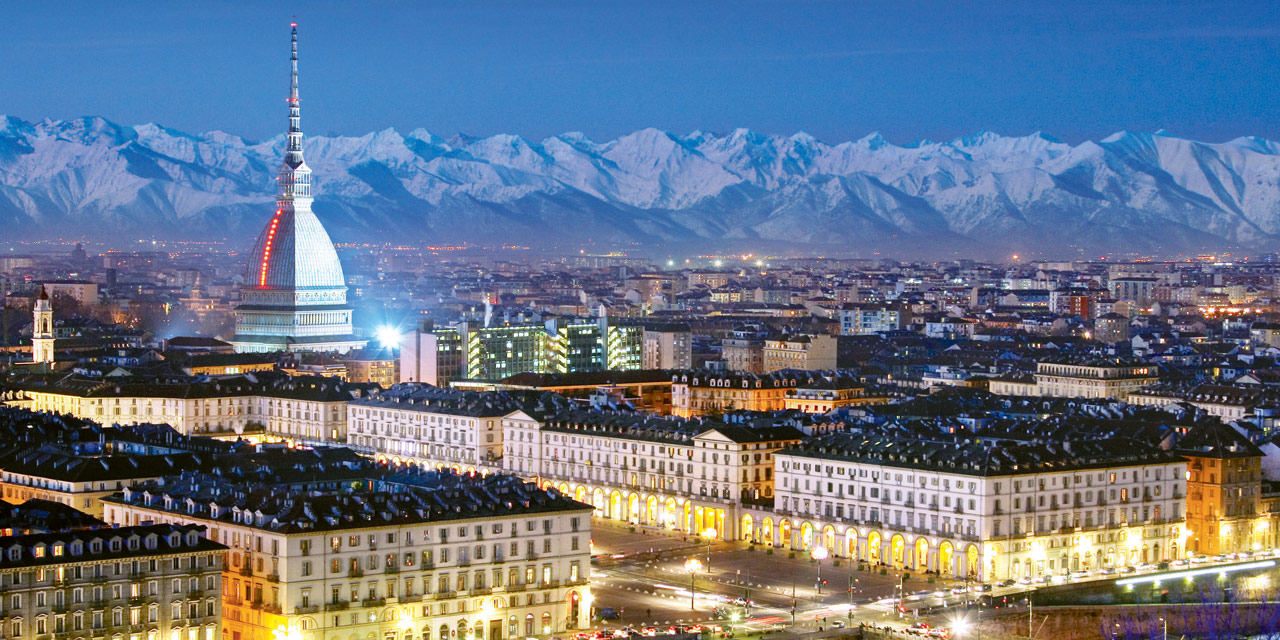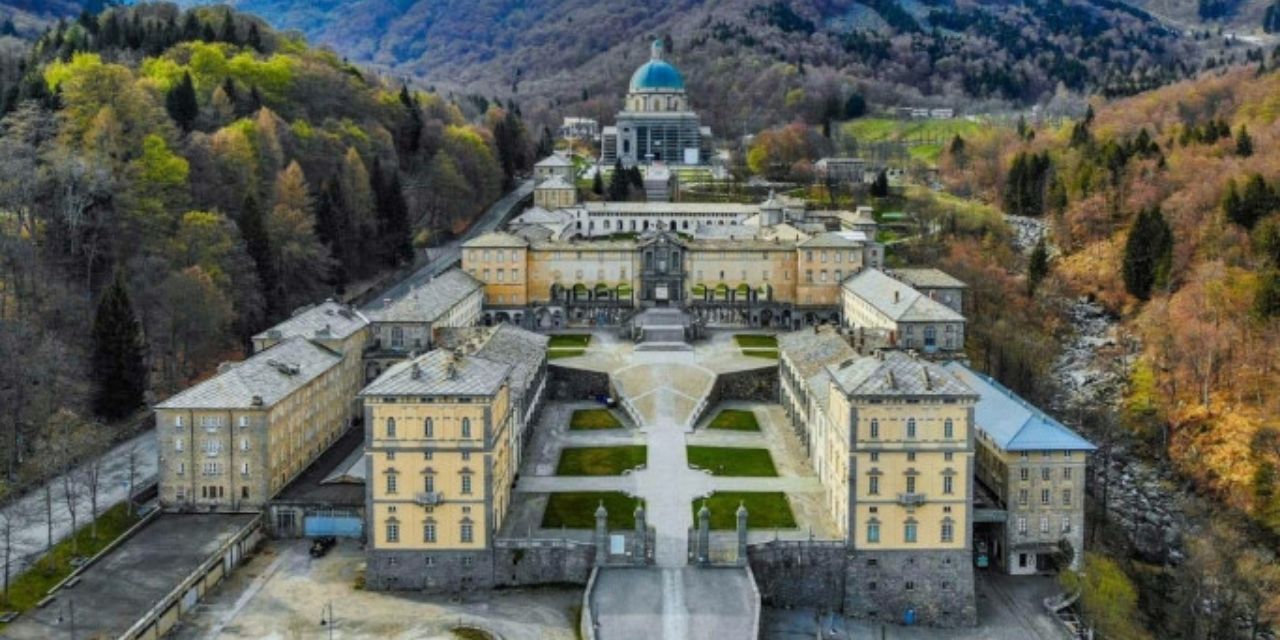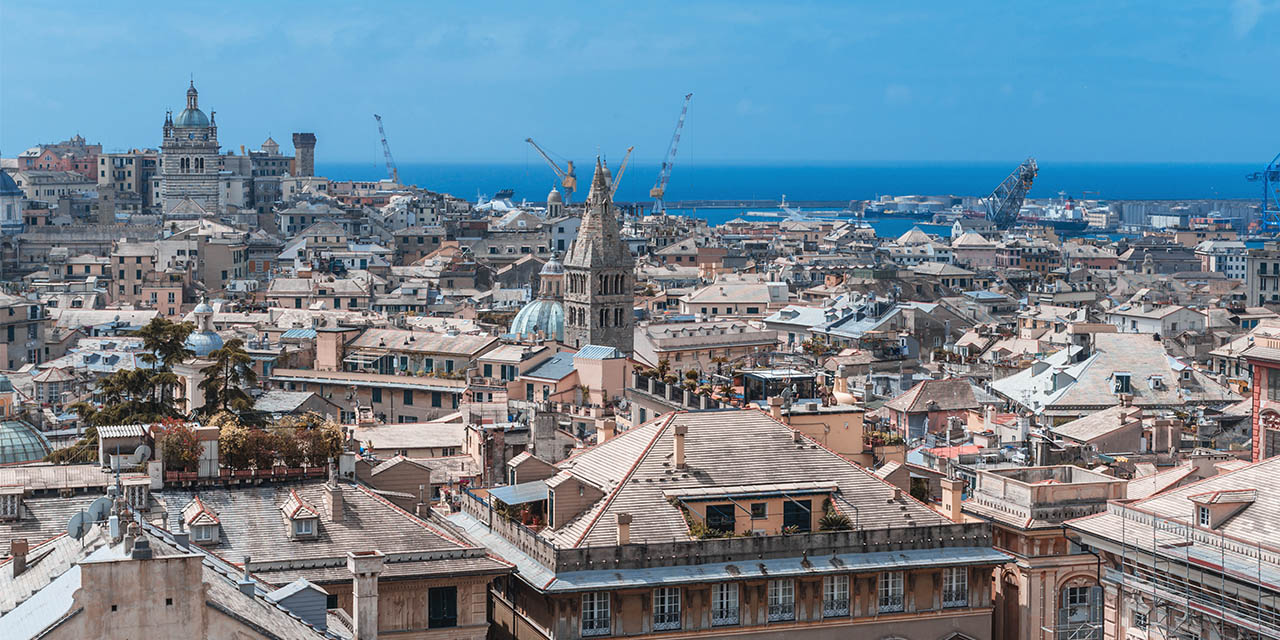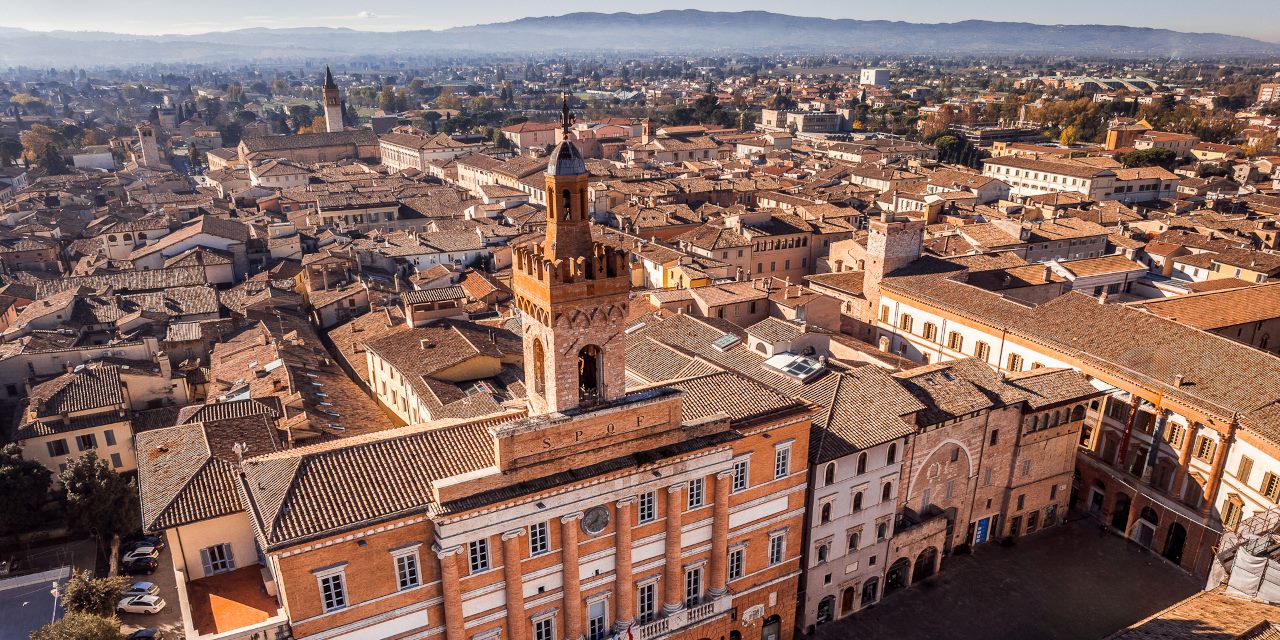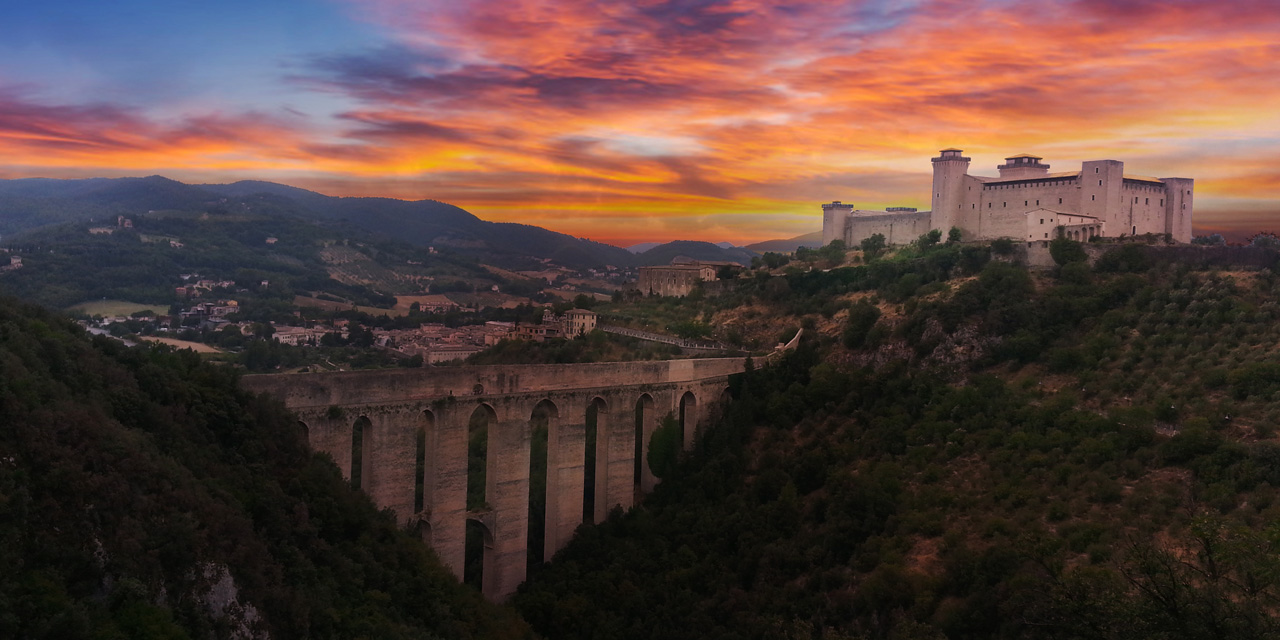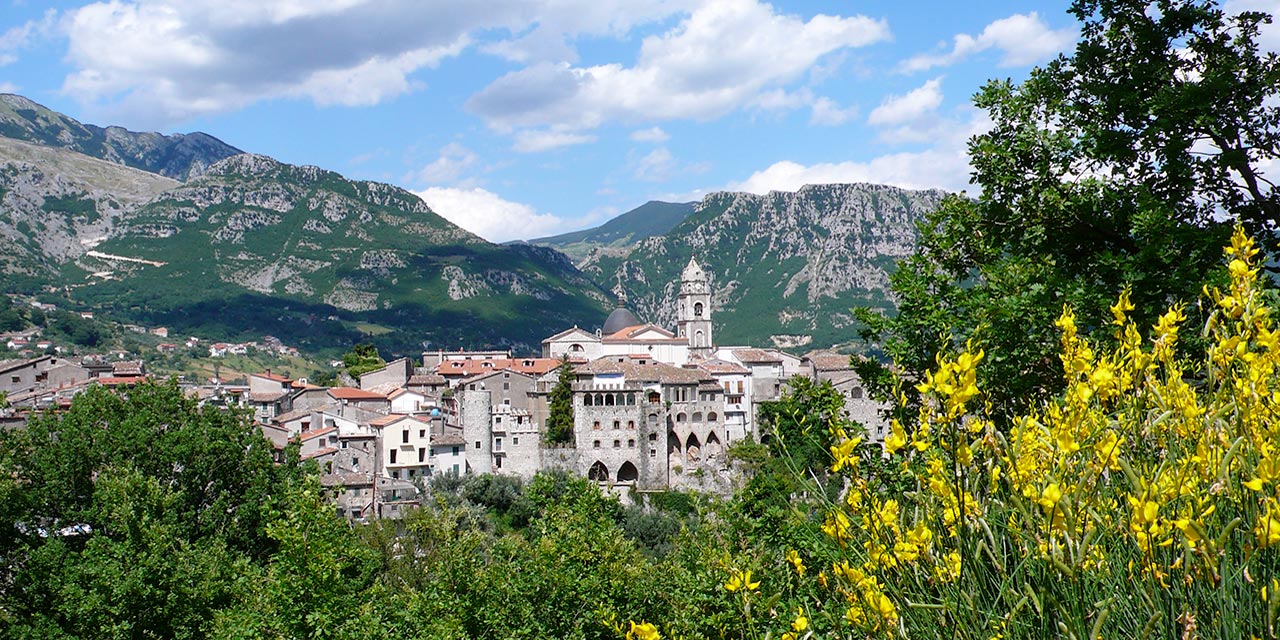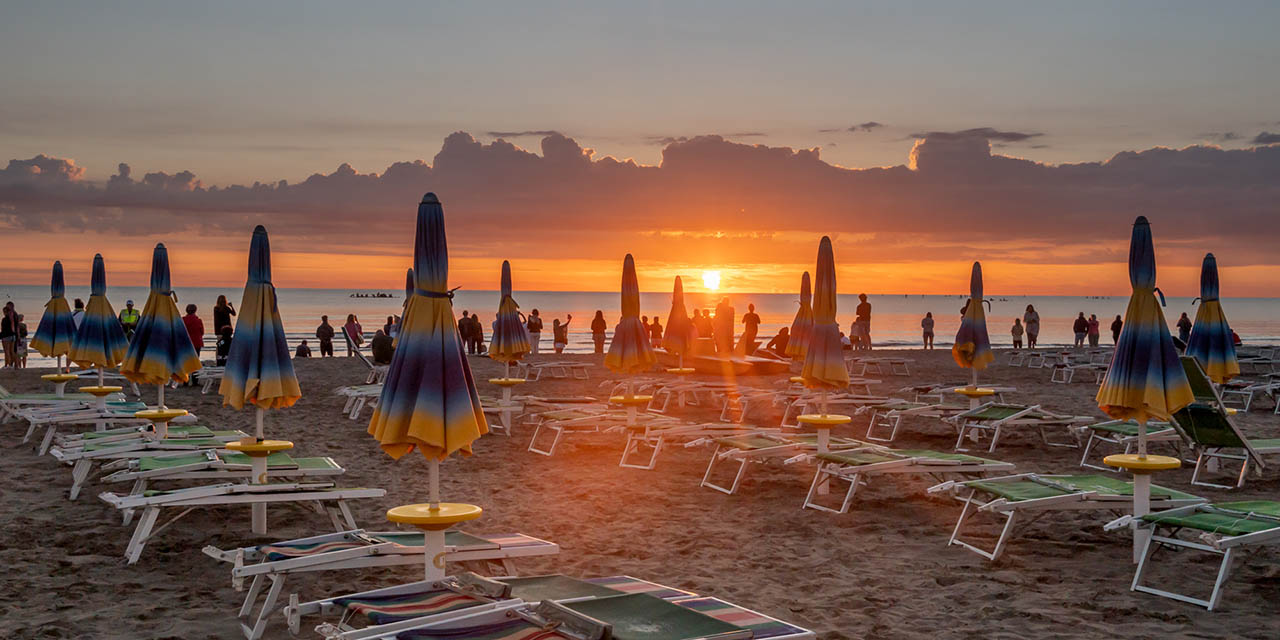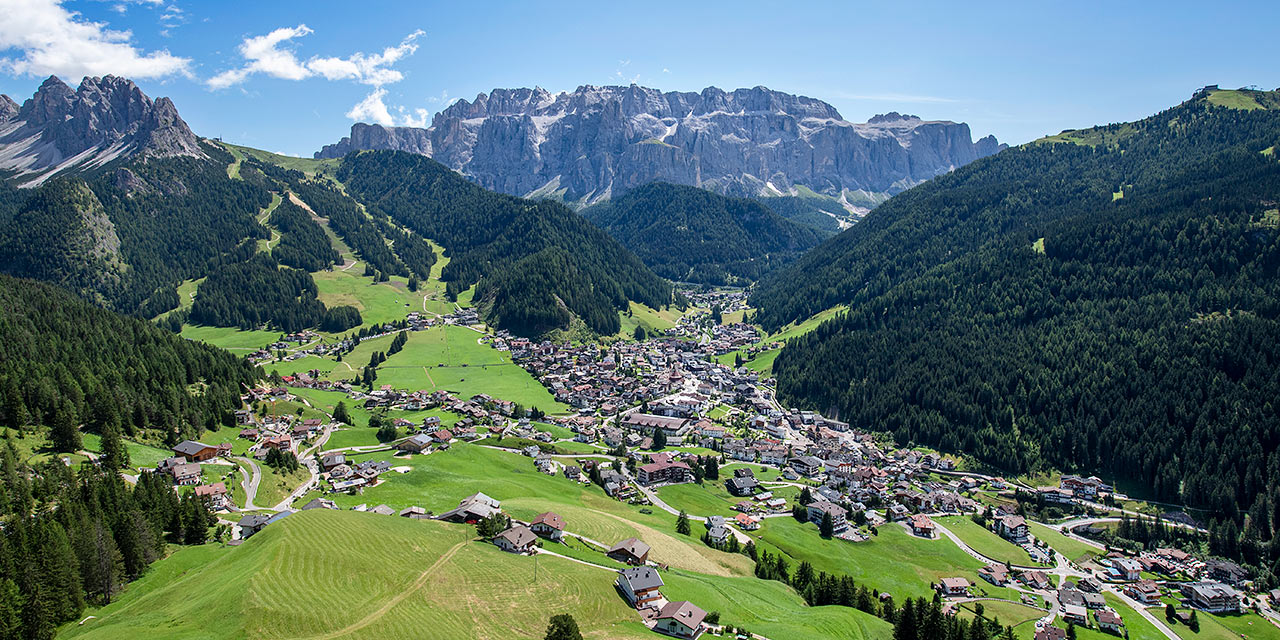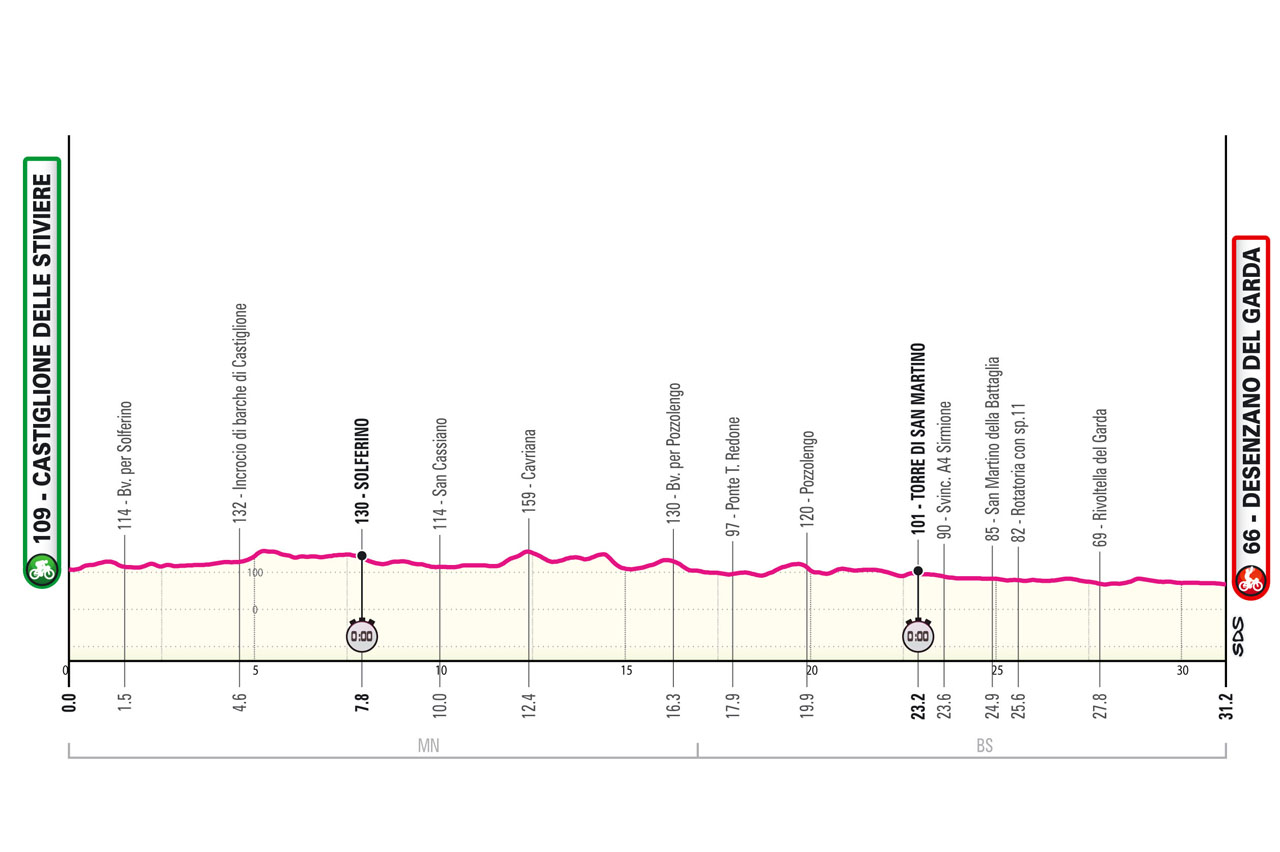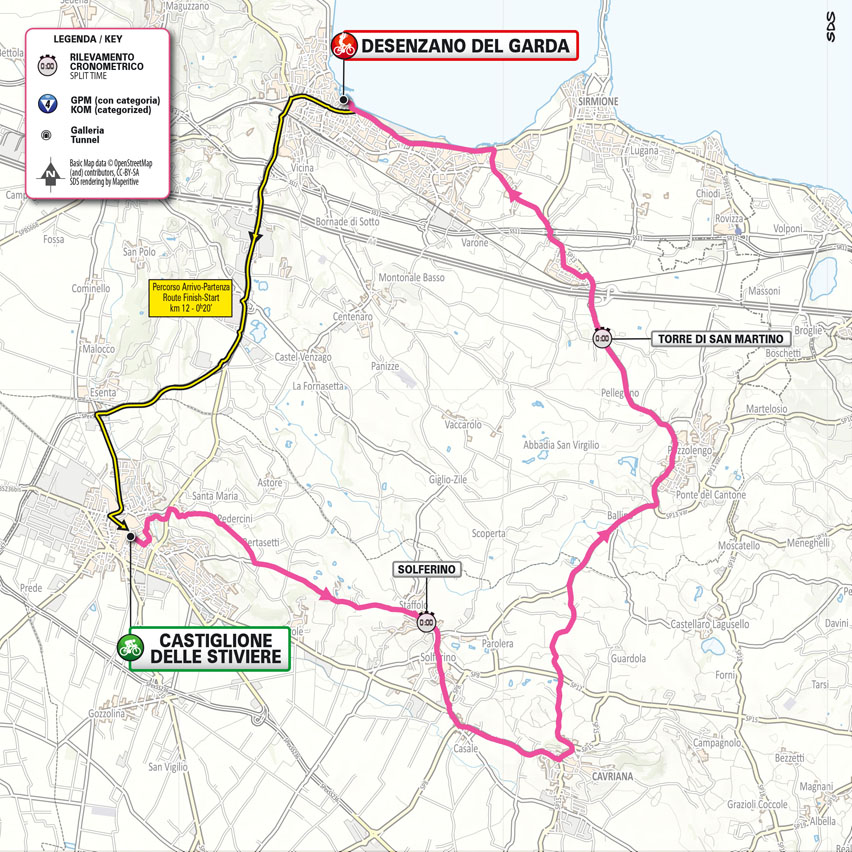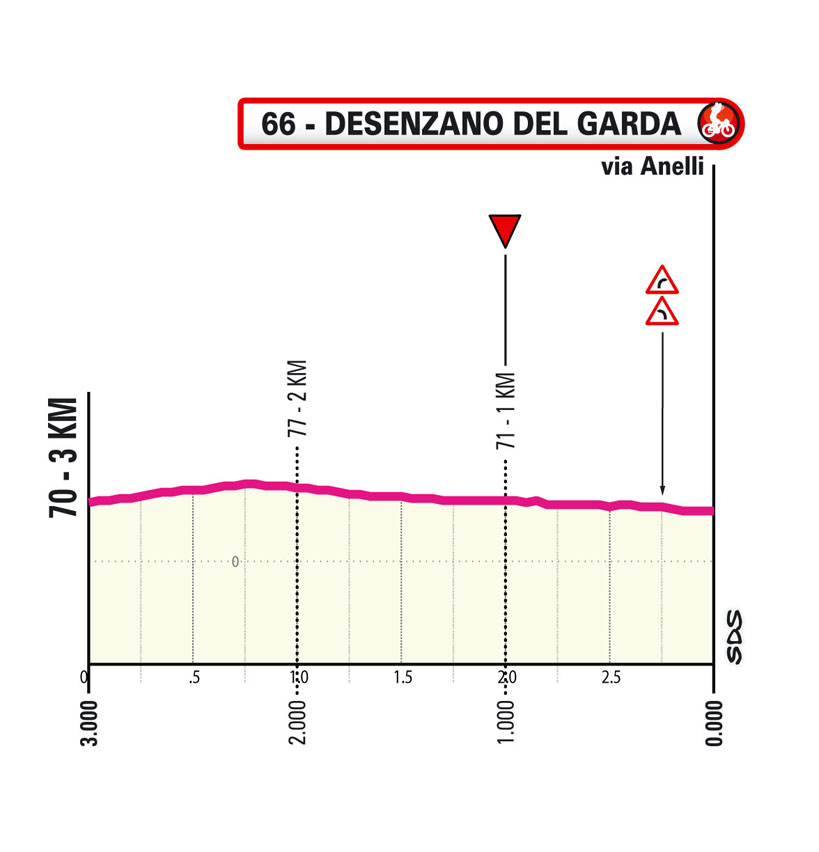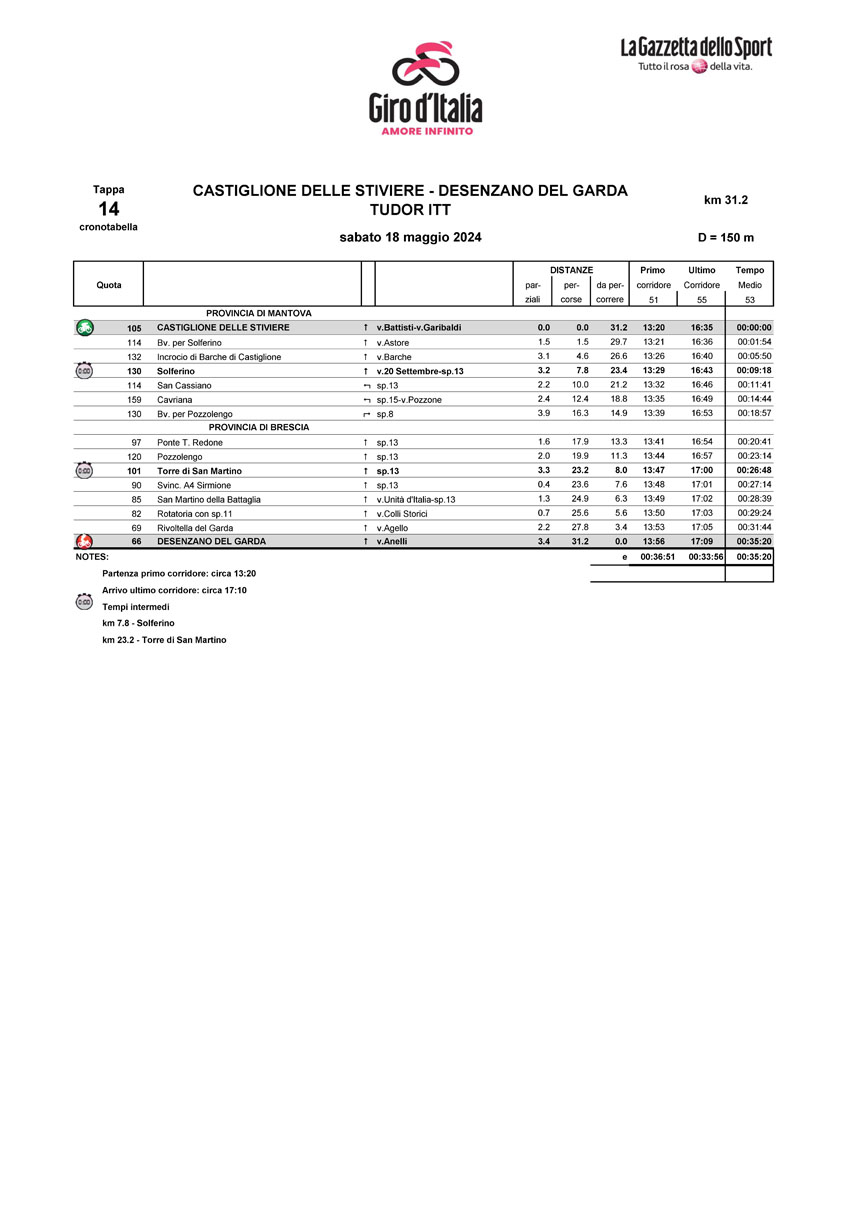profile
map
technical info
The second time trial test is predominantly flat with several undulations within it and an elevation gain of roughly 250 metres. The riders cross a few villages and a series of minor ups and downs. The road is almost constantly slightly downhill heading towards the shore of Lake Garda.
Last kilometres
The last kilometres are mostly straight with a couple of left-right bends about 300 m from the finish. The final straight is 200 m on asphalt, width 6 m.
start / finish
final kilometres
itinerary timetable
tourist info
Host city:
Castiglione delle Stiviere
Overview
Castiglione delle Stiviere, home of San Luigi Gonzaga and the Red Cross, is a town immersed in the green scenery of the Morainic Hills, and the beating heart of a fascinating territory where nature, history and modernity co-exist in vibrant harmony.
Points of Interest
The Basilica of San Luigi, erected between 1608 and 1625, houses the precious relic of the skull of San Luigi Gonzaga and the remains of his three nieces, the foundresses of the Collegio Vergini.
The International Red Cross Museum in Palazzo Triulzi Longhi and the Museum in Palazzo Bondoni Pastorio, a few steps from the cathedral, tell the exciting story of the foundation of the Red Cross.
Not to be missed is the Gallery of Modern and Contemporary Art in Palazzo Menghini. The venue hosts a shared heritage to be proud of, made up of works of art spanning both past and present, recognised by national and international art circles. Together with the Teatro Sociale and the Municipal Library, it enriches Castiglione delle Stiviere’s tourism and cultural development, forging a lively and dynamic dialogue between art, culture and history.
For nature lovers, the Pastore Park, with the adjacent Desenzani Park, represents a large green lung in the heart of town. Two green areas with paths and playgrounds perfect for relaxation, picnics and various outdoor activities.
Desenzano del Garda
Overview
Infinitely bright and radiant, Desenzano del Garda is located in a strategic position in terms of geography and infrastructure: in fact, it benefits from a well-tested and very active railway connection, which makes it a pivot for reaching nearby Milan, Brescia, Verona and Mantua. A highway exit at a 2-minute drive from the centre and the lakefront makes it even more accessible.
Gastronomia
Desenzano’s dining options offer an all-round experience, starting with the numerous “agriturismi” (countryside rustic restaurants which usually serve food that was prepared from raw materials produced on the farm or from other local merchants) scattered throughout the hinterland offering good dishes of the highest quality.
The main ingredient of Garda Lake cuisine is obviously its fish. Here, in a highly fishy environment, visitors can enjoy trout, eel, whitefish, pike, perch, the rare carp and, from early summer, sardines and bleak. The local restaurants know how to enhance the taste and flavour of these products.
Another pearl of the Desenzano and Garda area is the PDO extra virgin olive oil, characterised by a very low degree of acidity, which makes it quite digestible and therefore much sought after. The many historical oil mills work hard to ensure quality of production and, over the years, they have established themselves as a Garda landmark.
How could we fail to mention Grana Padano, which has its headquarters in Desenzano and has now consolidated its position as an international leader in the production and distribution of its cheese. Suitable for any type of meal, Grana Padano is an Italian excellence and pride, to be savoured at an aperitif with friends, as a snack or at the lunch or dinner table.
Vino e Bevande
- Lugana: first DOC (literally Controlled Designation of Origin) in Lombardy and among the first in Italy, this wine reveals all its identity with every single sip.
- Garda Classico Chiaretto DOC: Chiaretto differs from other rosés in its floral and berry aromas, accompanied by a small, fresh, acidic edge. It pairs perfectly with lake fish, snails, frogs, white meats, appetisers, vegetables and sweet cured meats. It is also ideal as an off-dinner and aperitif wine.
- Garda Classico Bianco DOC: Garda Classico Bianco is composed of 70 % Riesling Italico and Riesling Renano grapes. It is a dry, energetic and noble wine with aromatic notes.
- Garda Classico Rosso and Rosso Superiore DOC: Garda Classico Rosso is a well-structured wine with a brilliant ruby red colour. It has a vinous aroma, more fruity when young and more spicy when aged. The flavour is savoury, fine and saline.
- Garda Classico Groppello and Groppello Riserva DOC: obtained from the area’s most typical variety, Groppello, these wines are characterised by a brilliant ruby red colour and a fruity, slightly spicy aroma. The taste is savoury and velvety, with an almondy finish.
- San Martino della Battaglia DOC: is a dry white wine, made from Tocai friulano grapes, with citrine yellow hues, warm golden tones and pale green reflections. The aroma is intense and fresh, with a pleasantly bitter background.
Punti di Interesse
- Saint Francis Oasis: the Saint Francis wetland area presents peculiar characteristics and represents one of the very rare examples of a Benaco riparian environment. An almost fortuitous series of events, such as the municipal ownership of part of the meadow area and the adjacent private property not used for years, enabled the preservation of the site. In recent years, the commitment of various professionals, the municipality and a number of environmental associations has thus led to the area being recognised as “Natural Monument” by the Lombardy Region in 2008, due to the presence of a high degree of biological diversification.
- The Medieval Castle: the castle dominating the town, possibly erected on a the ruins of Roman fortress to defend against barbarian invasions, was rebuilt in the mediaeval period and reinforced in the 15th century, when it enclosed 120 houses and a church dedicated to Saint Ambrose. All that remains of the ancient castle are a few sections of curtain walls with crumbling merlons between the four corner towers, with the exception of the one on the north-eastern corner that functioned as a specola until 1940. One of the most beautiful views of Lake Garda can be enjoyed from its terrace.
- Villa Brunati: built at the end of the 16th century by Monsignor Giacomo Roveglio as a holiday resort on the site of a pre-existing rural building dating back to the Middle Ages, it now houses the civic library dedicated to the poet and librettist Angelo Anelli, born in Desenzano in 1761. In its prestigious rooms, which house over 30,000 volumes and a multimedia section, cultural events, exhibitions, meetings with authors, events, readings, etc. are periodically organised. Some rooms of the library can be rented for use by third parties.
- Villa Romana: built at the end of the 1st century b.C., it came to light in 1921. The archaeological area is today about 70 metres from the lake, but the villa once directly overlooked the water with piers and moorings. The more than 240 square metres of exquisite polychrome mosaics depict scenes with cupids harvesting grapes or on running chariots, wild animals and allegories.
- The 20th Century Museum: the 20th Century Museum is a place where records of the past are kept safe. Objects from the period spanning from the First World War to around 1960 are collected here: historical documents, photographic material, objects, uniforms, rolling stock, civil defence equipment and more.
- The Risorgimento Park and the Tower of Saint Martin: the monumental complex commemorates the battle fought here on 24 June 1859 between the Austrian and Franco-Piedmontese armies. At the entrance to the 64-metre-high tower, visitors are met by statues of the protagonists of Italian unification, while the frescoes arranged along the ramp retrace some of the most important episodes of the Italian Risorgimento. A wide panorama can be enjoyed from the terrace. The Museum exhibits weapons, relics and documents, as well as objects used by soldiers. The bones of thousands of fallen soldiers are collected in the chapel-ossuary. The park is the site of a spectacular historical re-enactment of the Battle.
- Lavagnone archaeological site: the excavation campaign brought to light a wealth of material for domestic use: plates, amphorae, vases dating back to the second millennium b.C. The installation of a pile-dwelling was also discovered, but the most important finding of all was the plough with part of the yoke, which is the only existing example in the world of such an agricultural tool for prehistoric times and which is dated to the Bronze Age (around 2000 b.C).
- The Archaeological Civic Museum “Giovanni Rambotti”: the Museum houses an extraordinary archaeological heritage from the Bronze Age documenting the vast and complex process of pile-dwelling settlement on the shores of Lake Garda and in the inter-morainic basins.
- The Giovanni Bosio Gallery: the gallery is a venue for temporary exhibitions and art shows. It is located in the central Palazzo Todeschini, a solemn building by Brescian architect Giulio Todeschini erected in 1580 facing the old harbour. The Gallery is in the central Piazza Malvezzi, where Desenzano’s most representative monument, the statue of Saint Angela Merici, patron saint of the city, can also be admired.
- The lighthouse, the breakwater and the port of Desenzano archive documents tell us that the lighthouse lantern, consisting of a dioptric apparatus running on oil, remained in operation until 1903, when electric lighting, already available in Desenzano since 1899, was adopted for it.
- The Cathedral: the present church, dedicated to St Mary Magdalene, was built on the remains of the old parish church between 1586 and 1611 to a design by architect Giulio Todeschini. In the Chapel of the Blessed Sacrament, visitors can admire “The Last Supper”, a remarkable work by G.B. Tiepolo from 1738.
- Idroscalo Park: the Idroscalo Park extends over an area corresponding to the green area of the Spiaggia d’Oro (Golden Beach), connecting the Desenzano-Rivoltella lakeside pedestrian route with the cycle-pedestrian promenade of Viale Motta and Via Dal Molin. A pedestrian access has been opened to the north and allows direct access to the lake.

